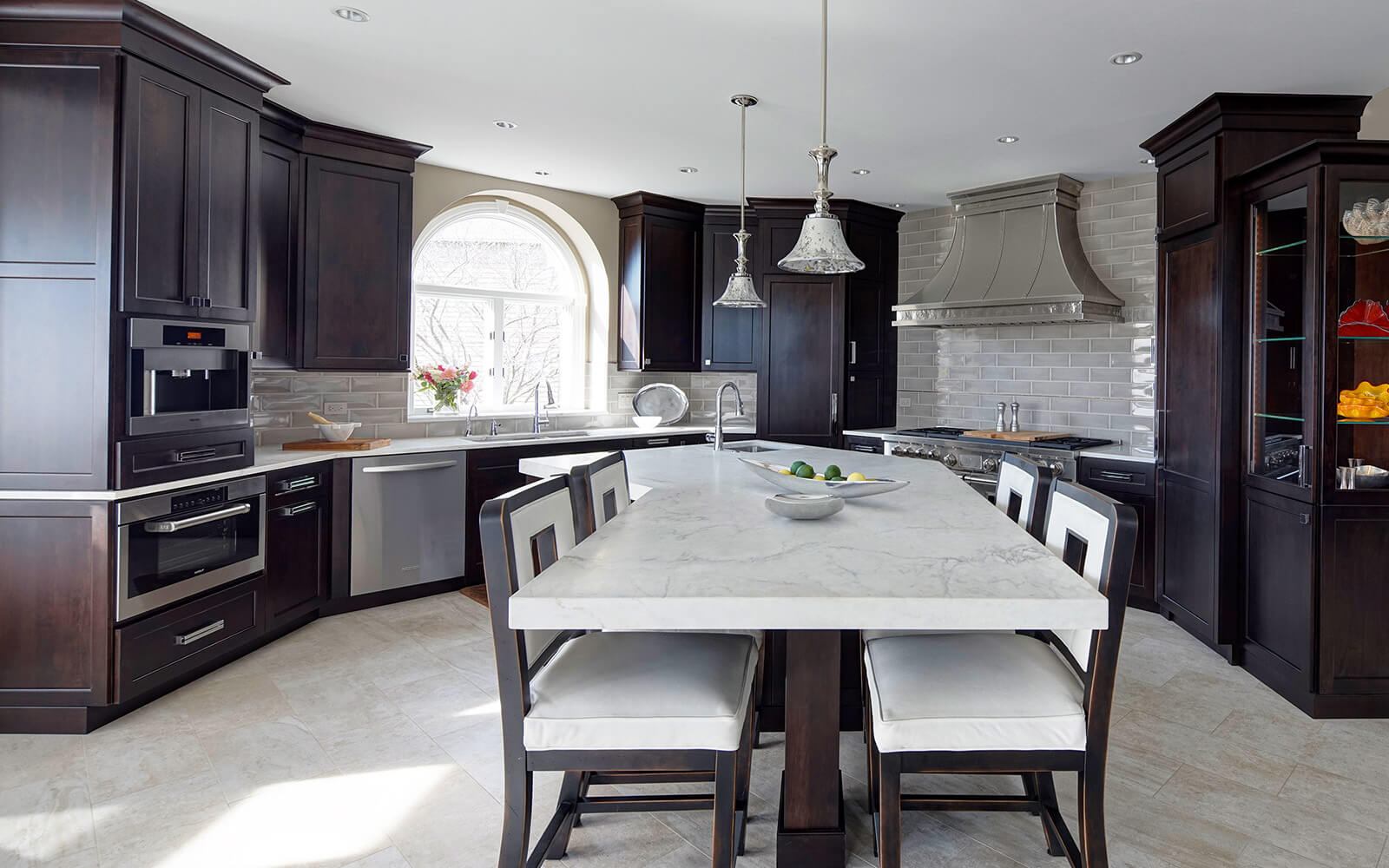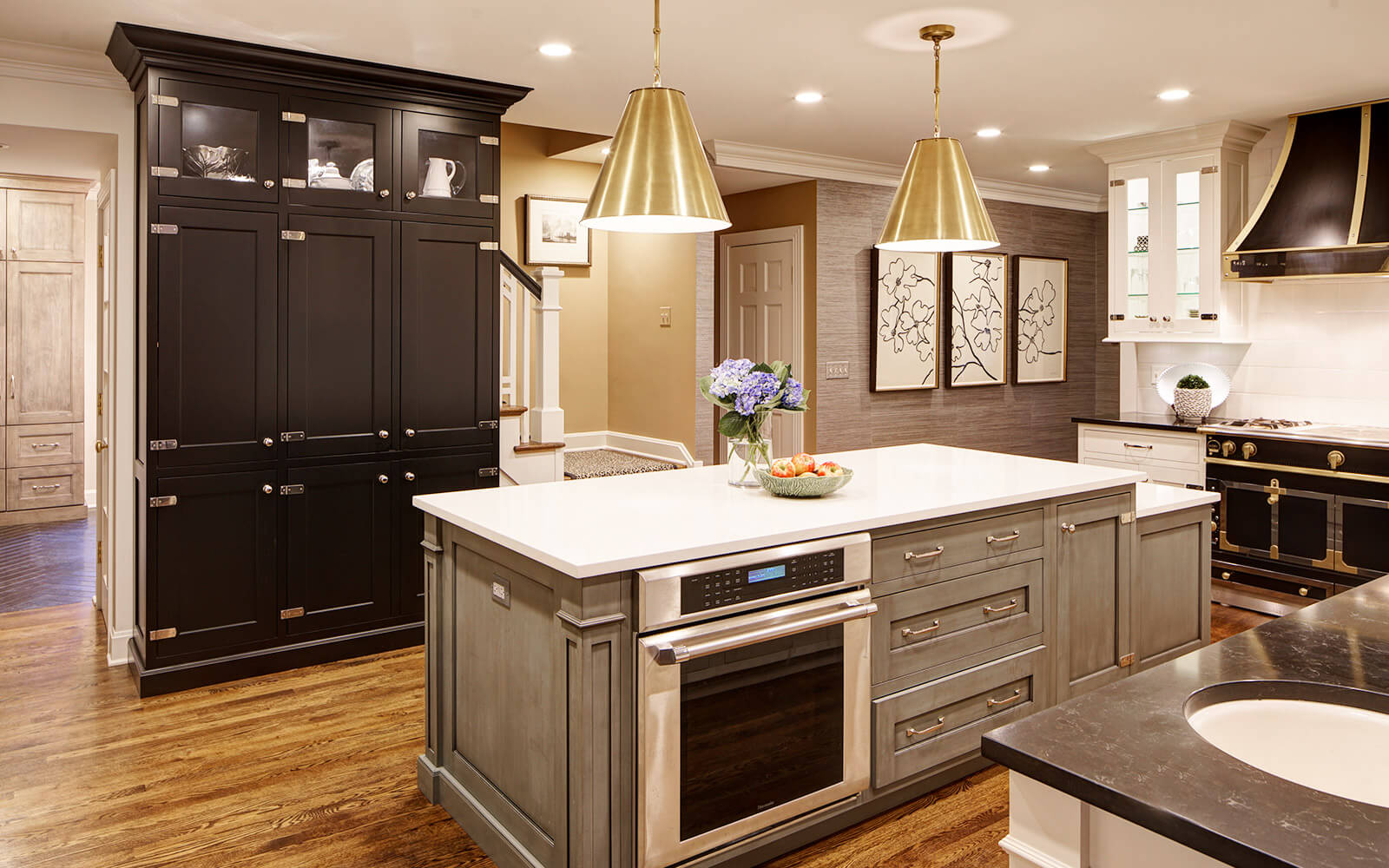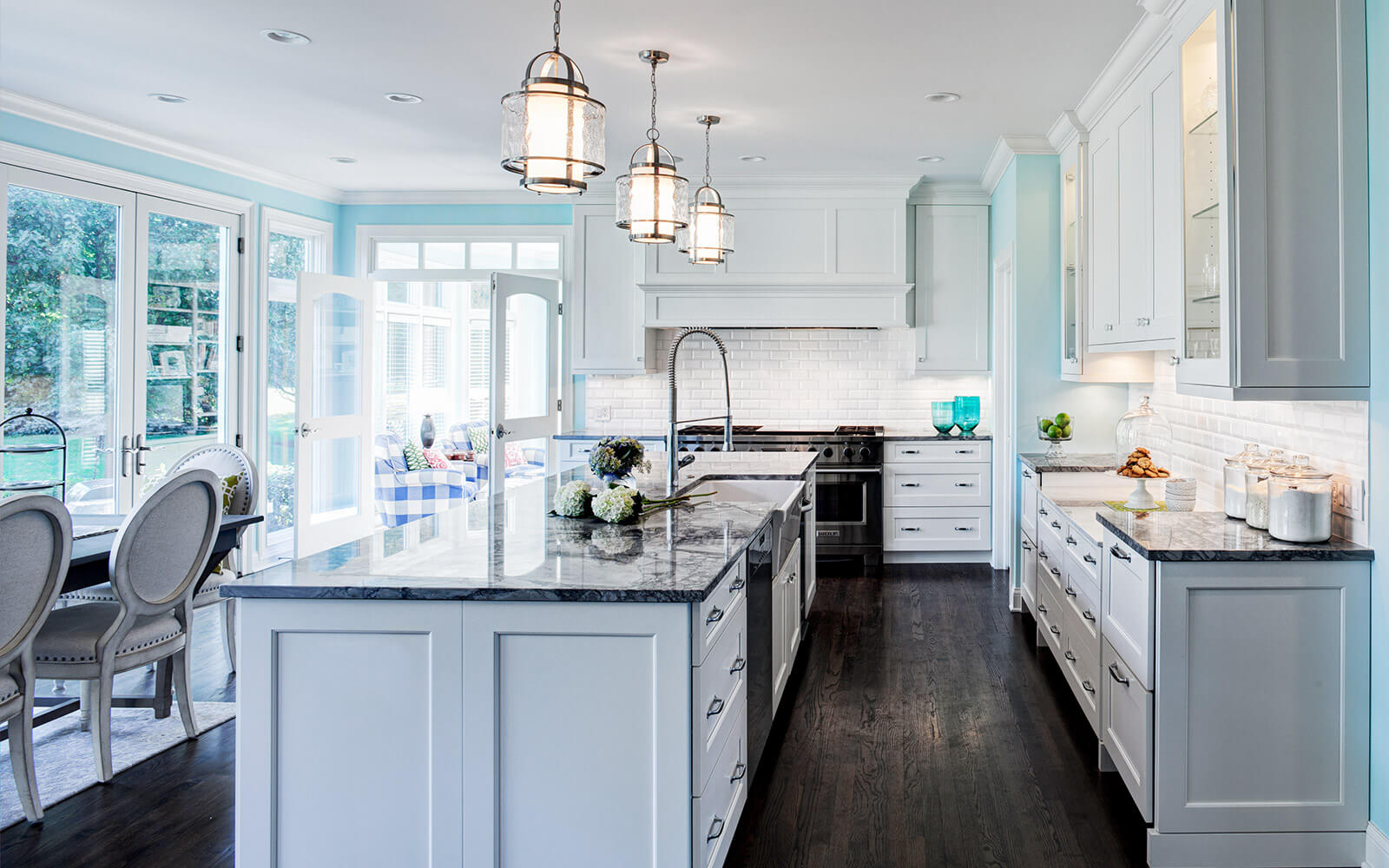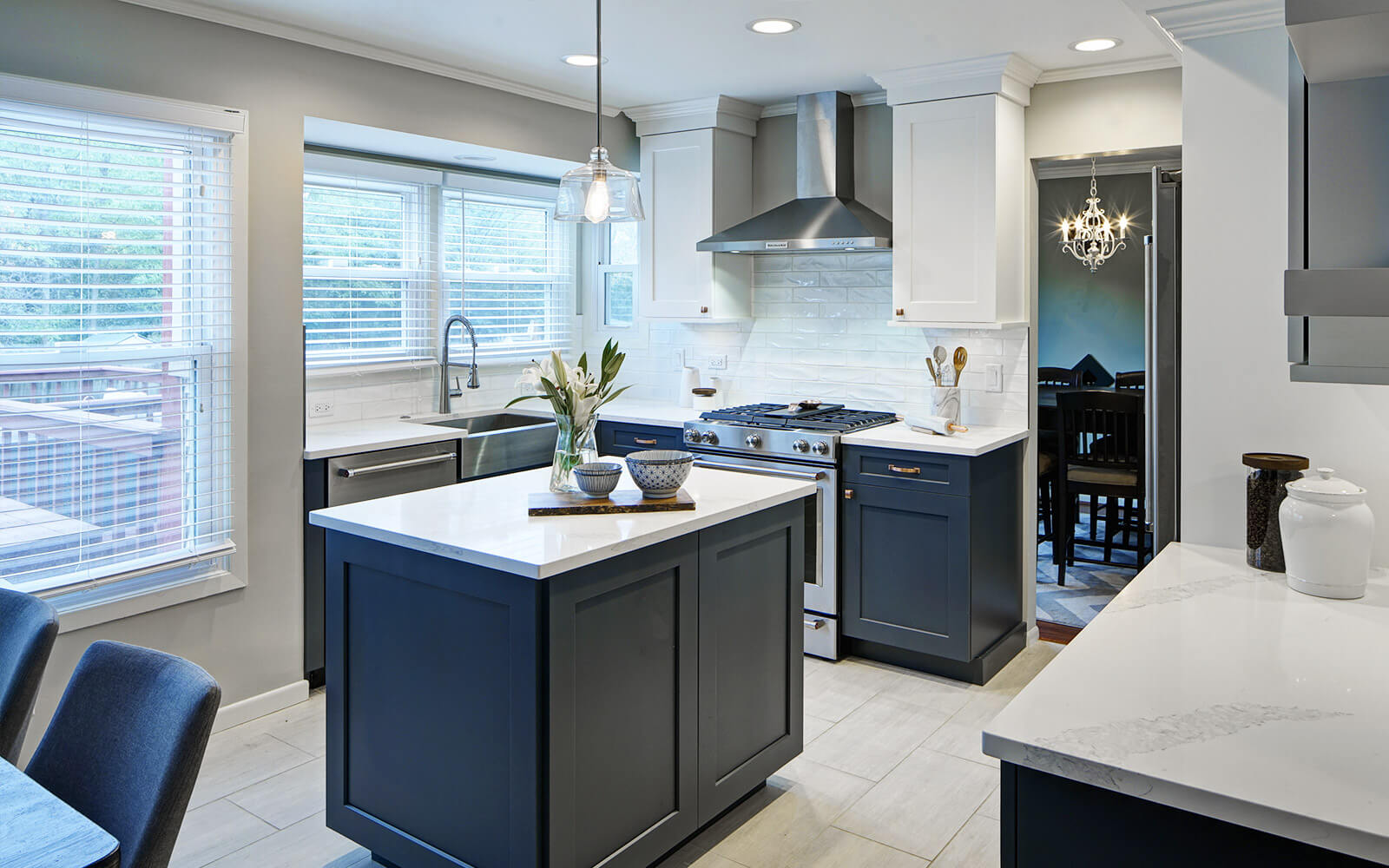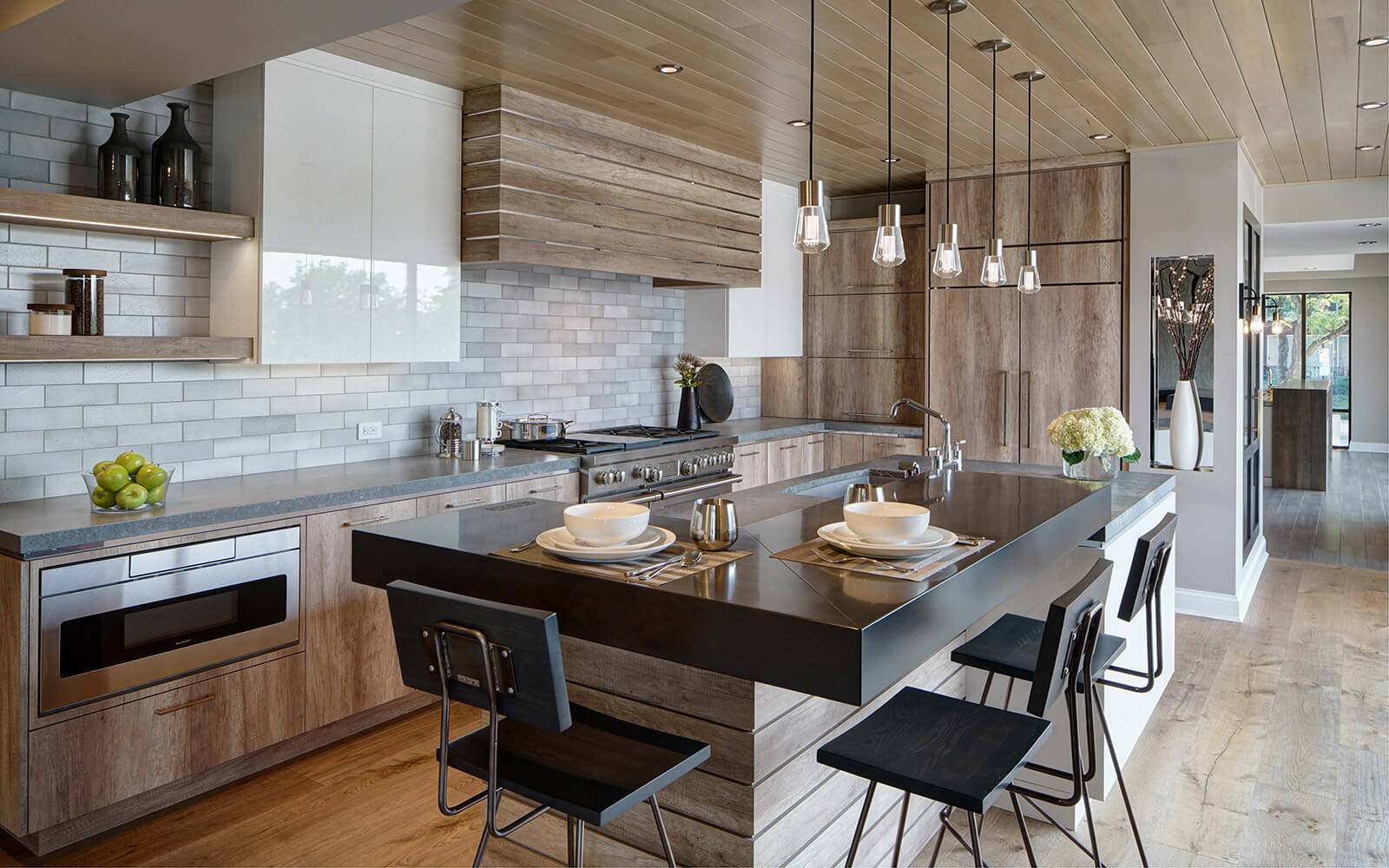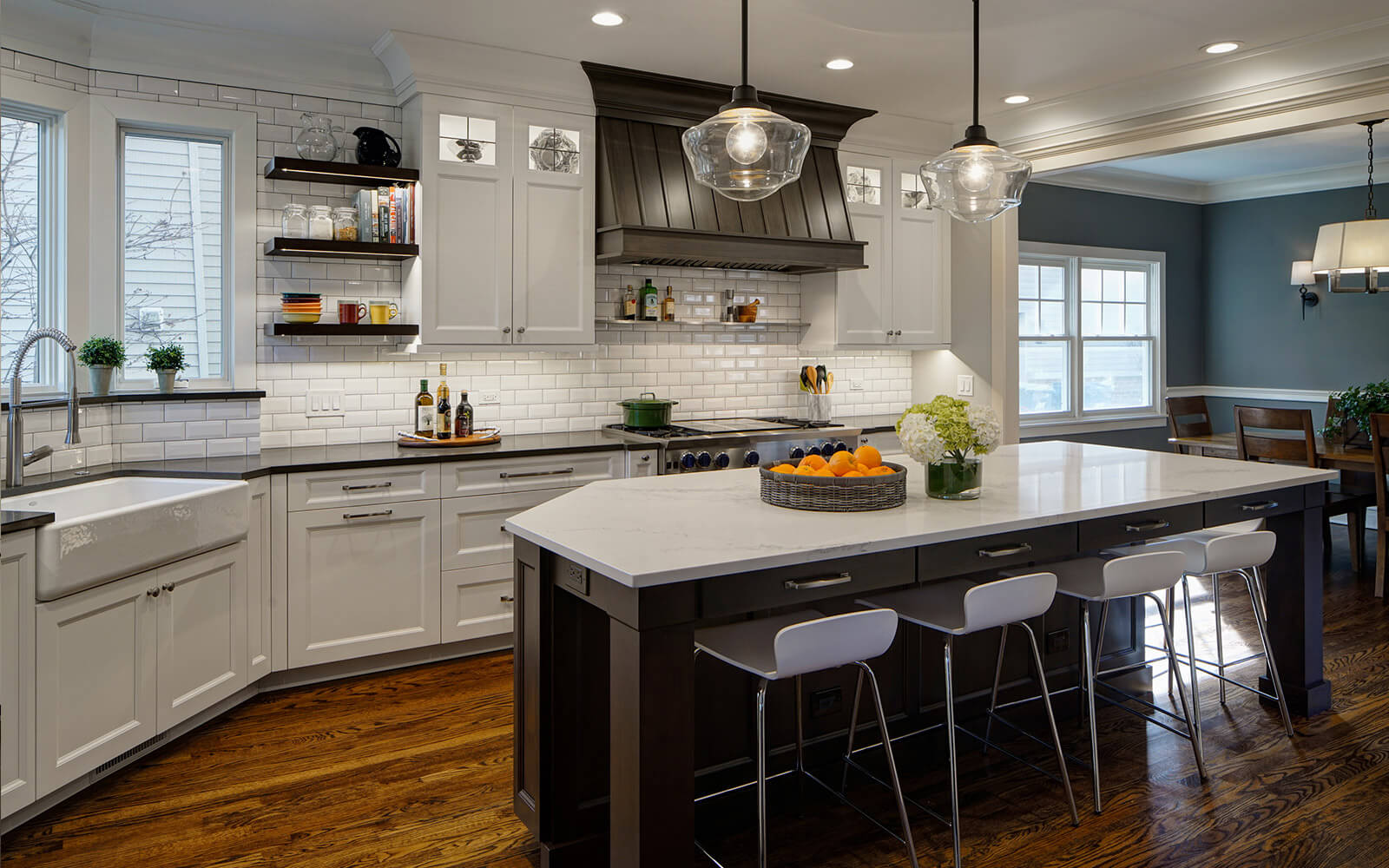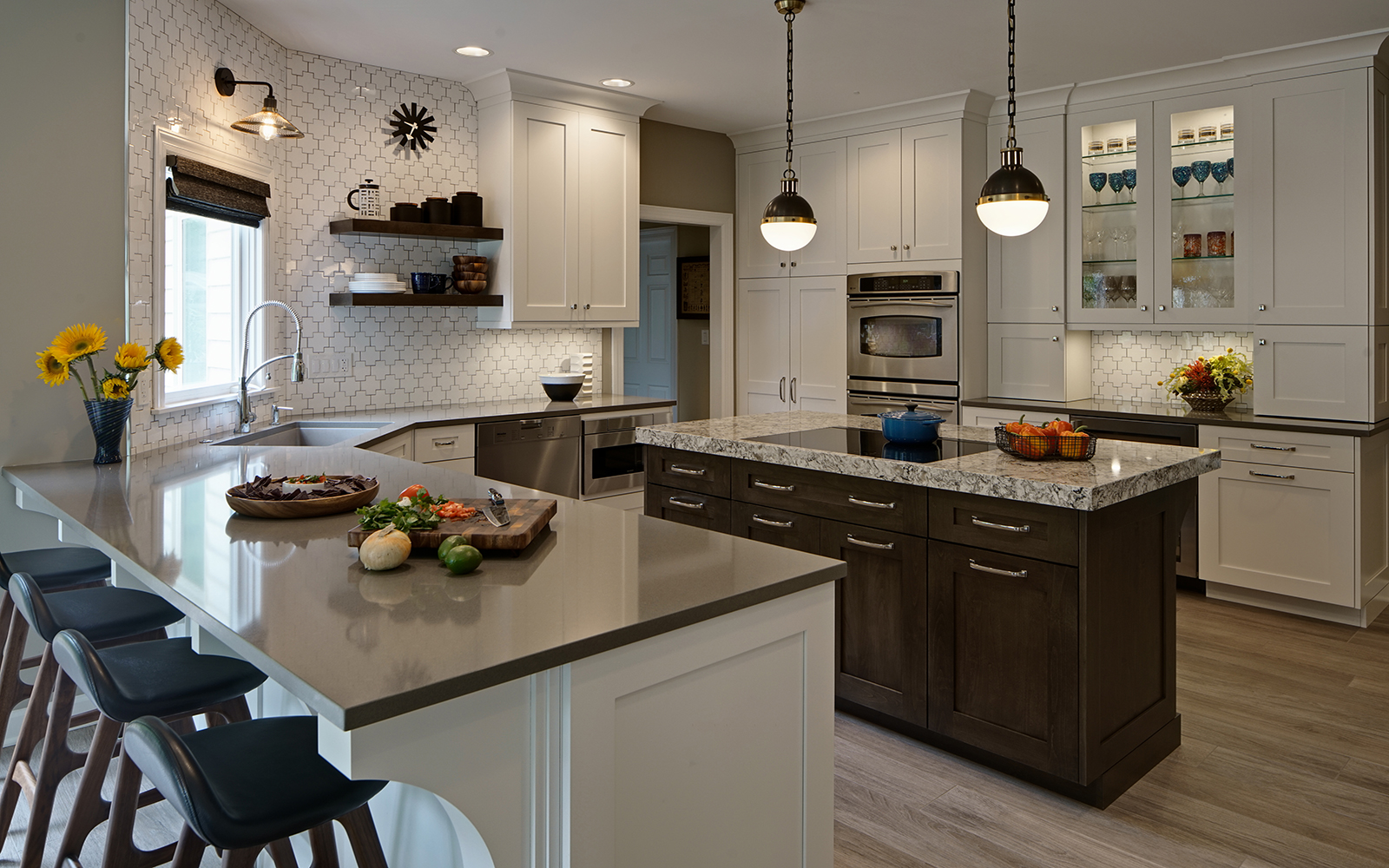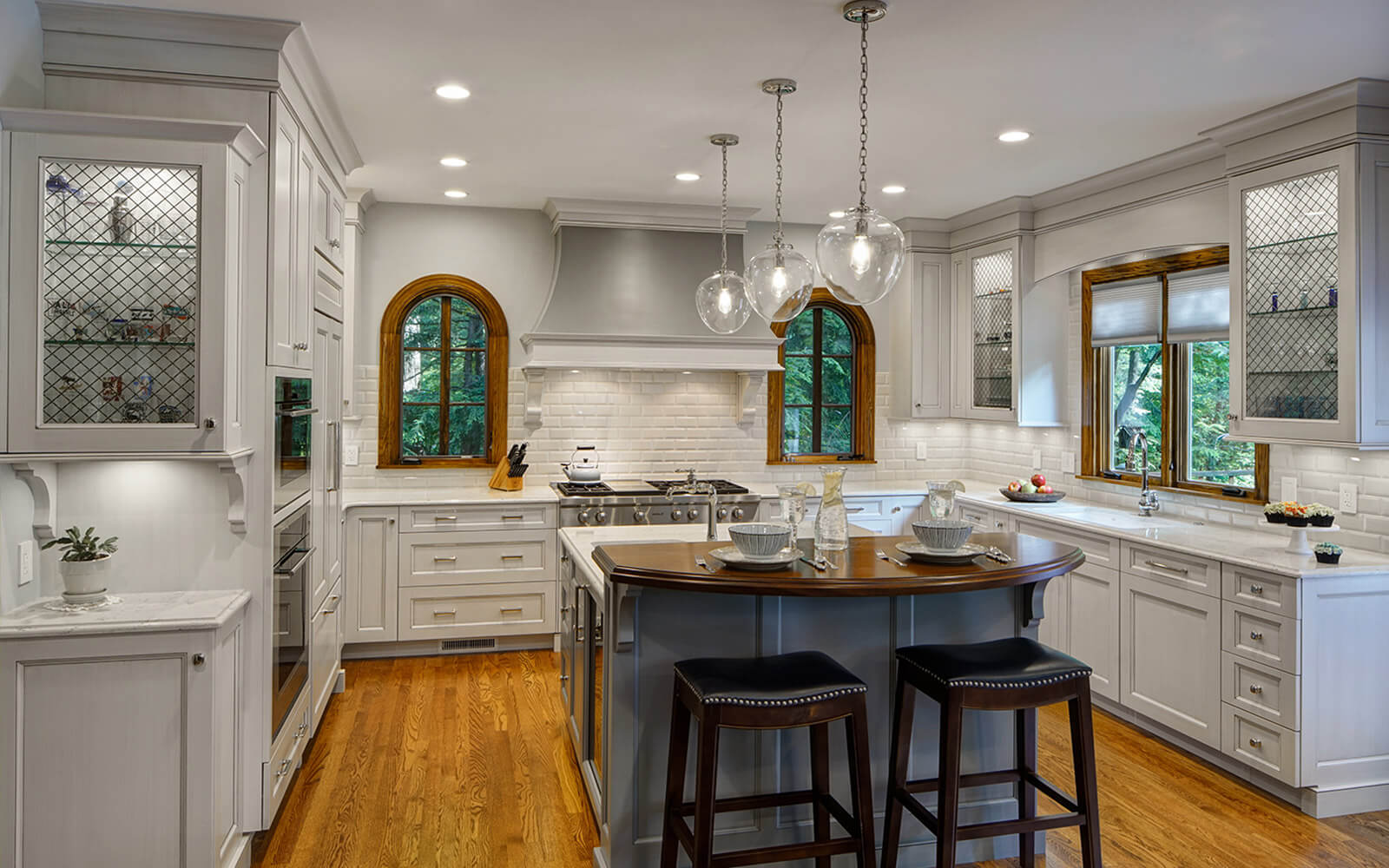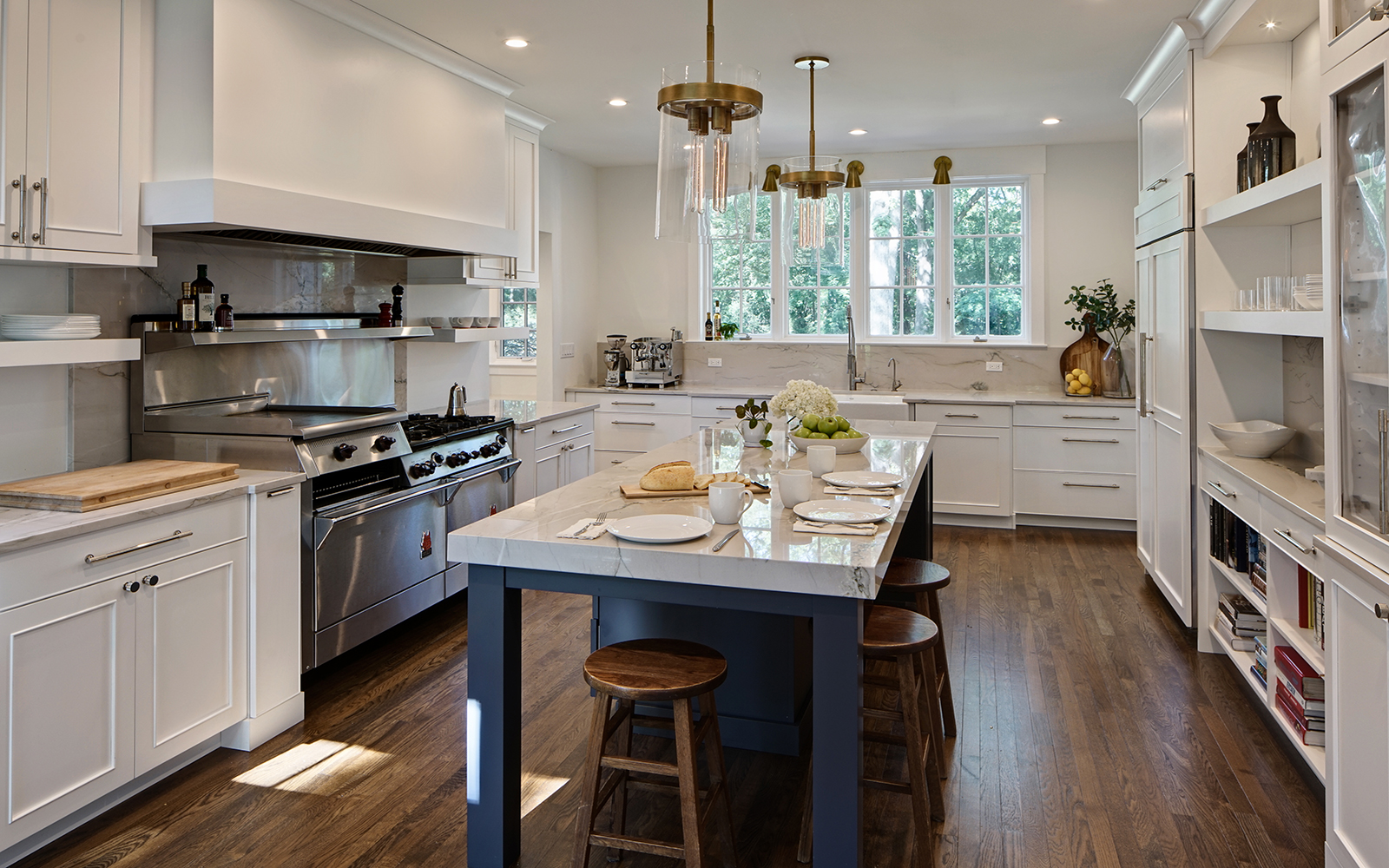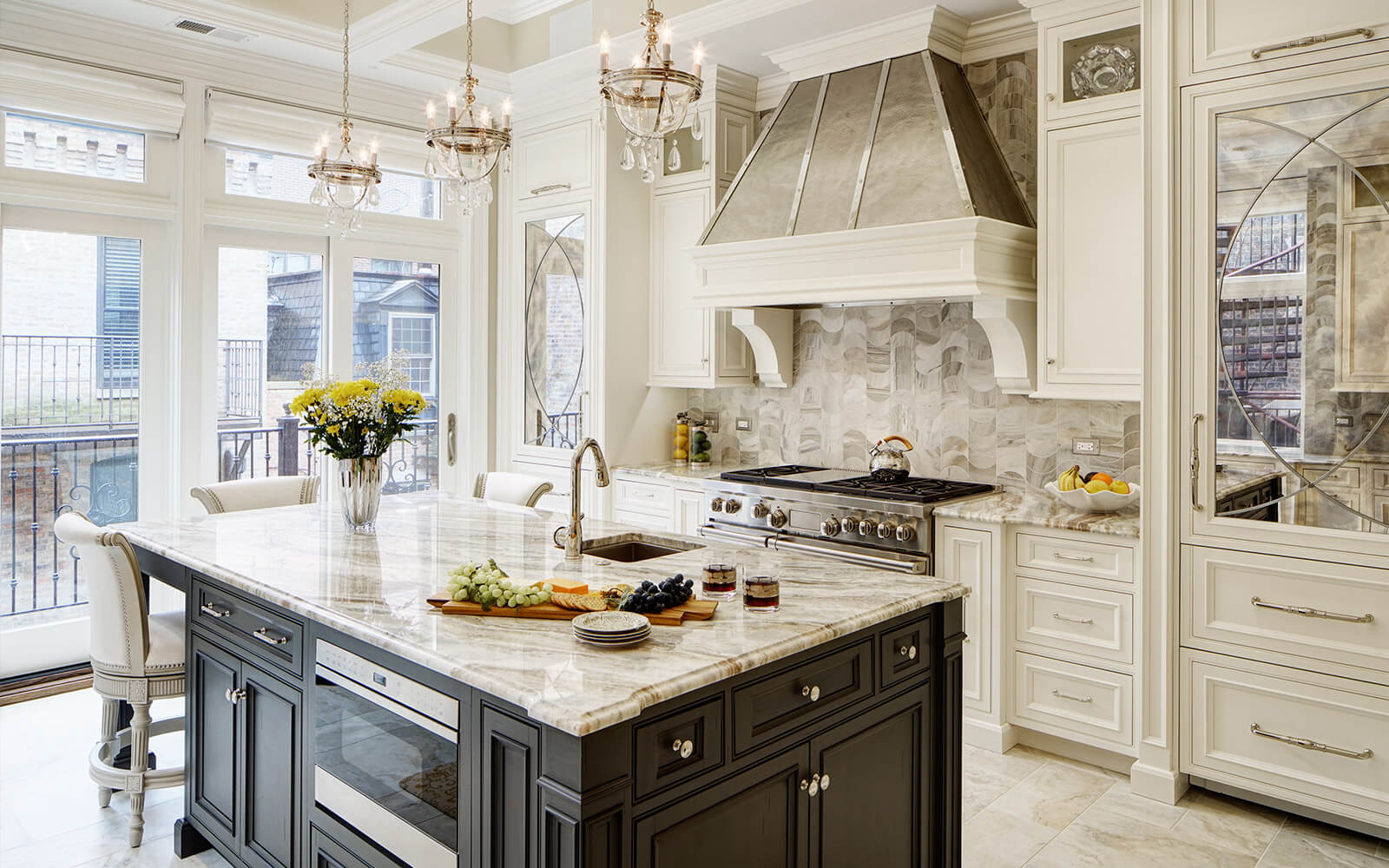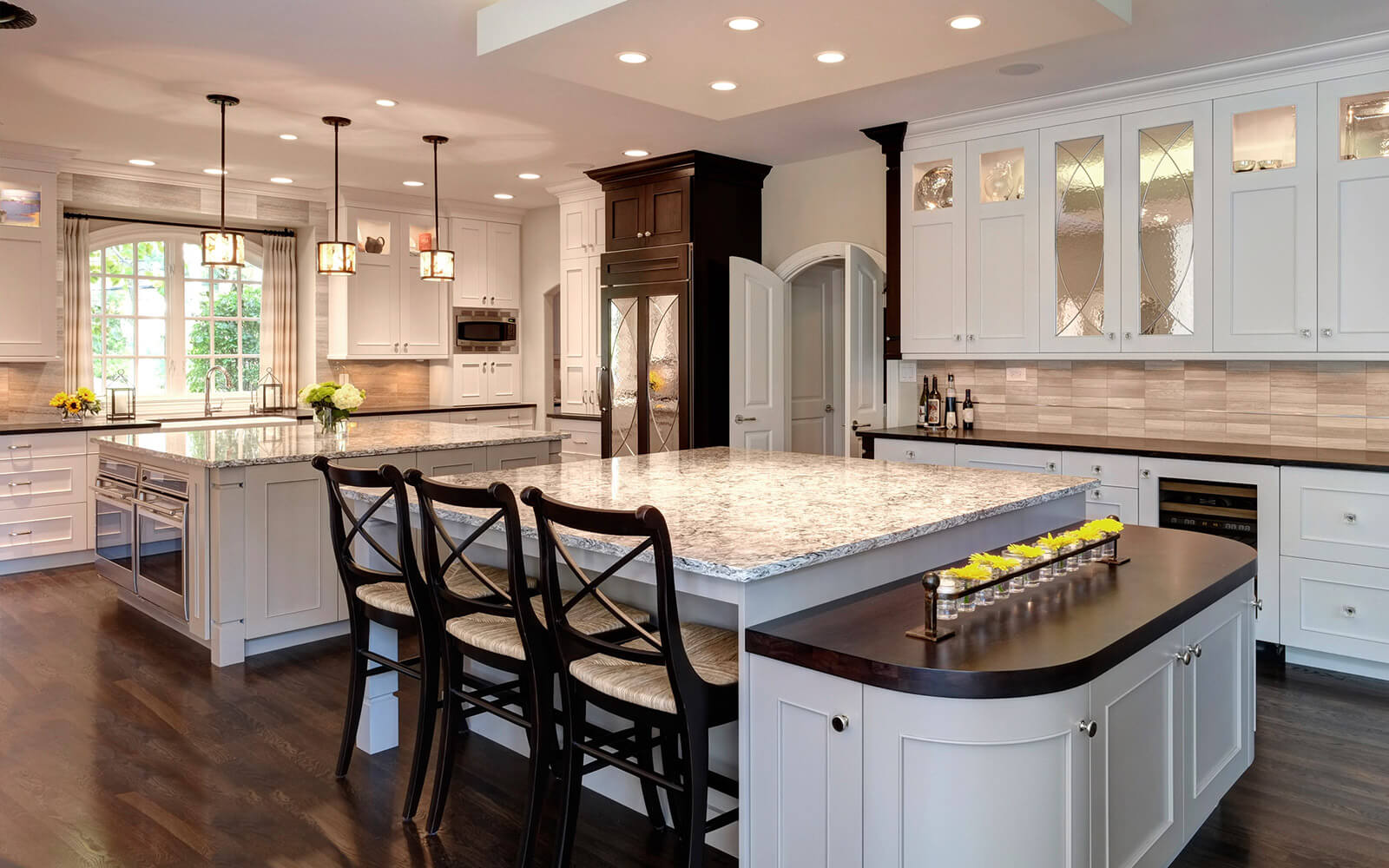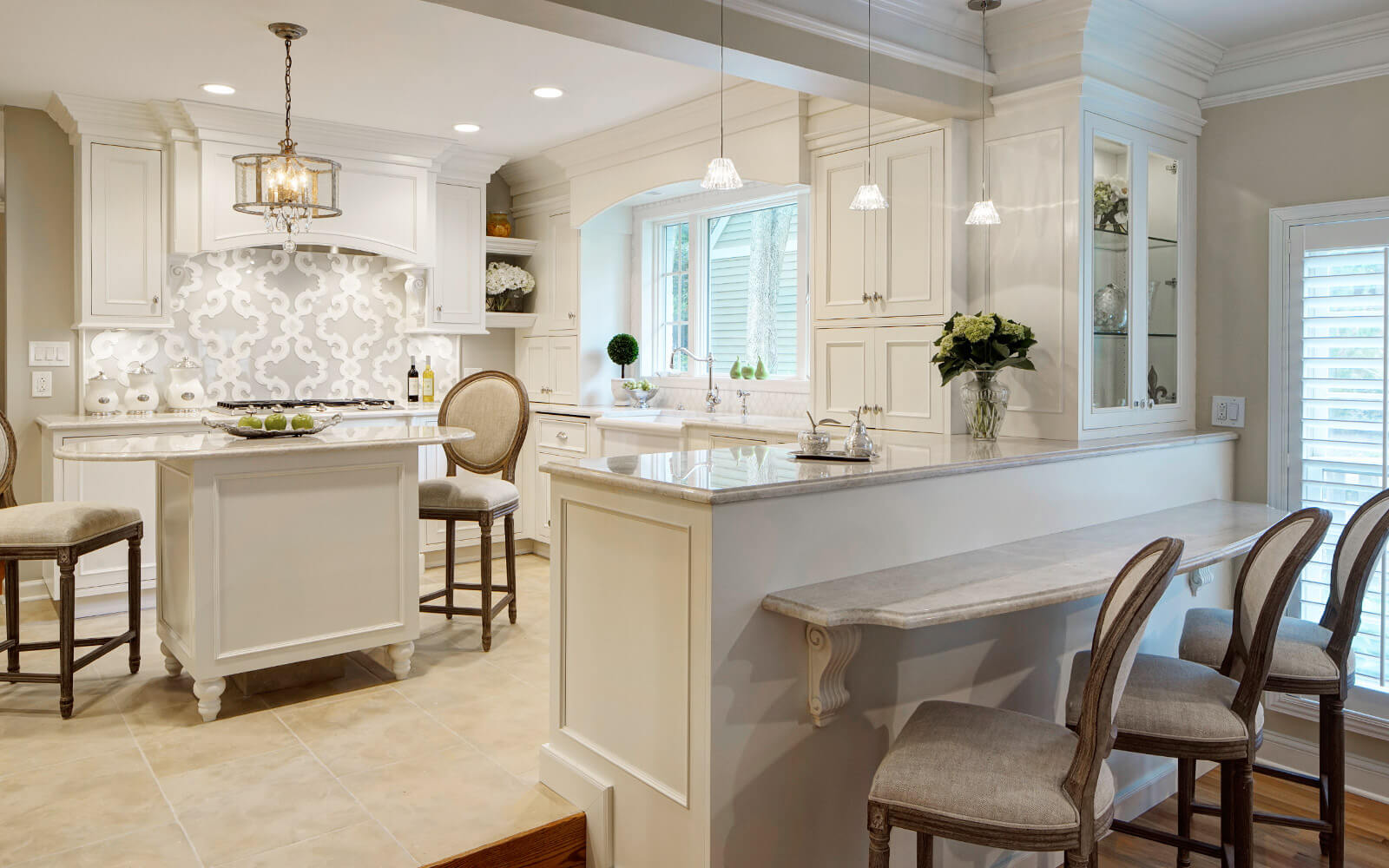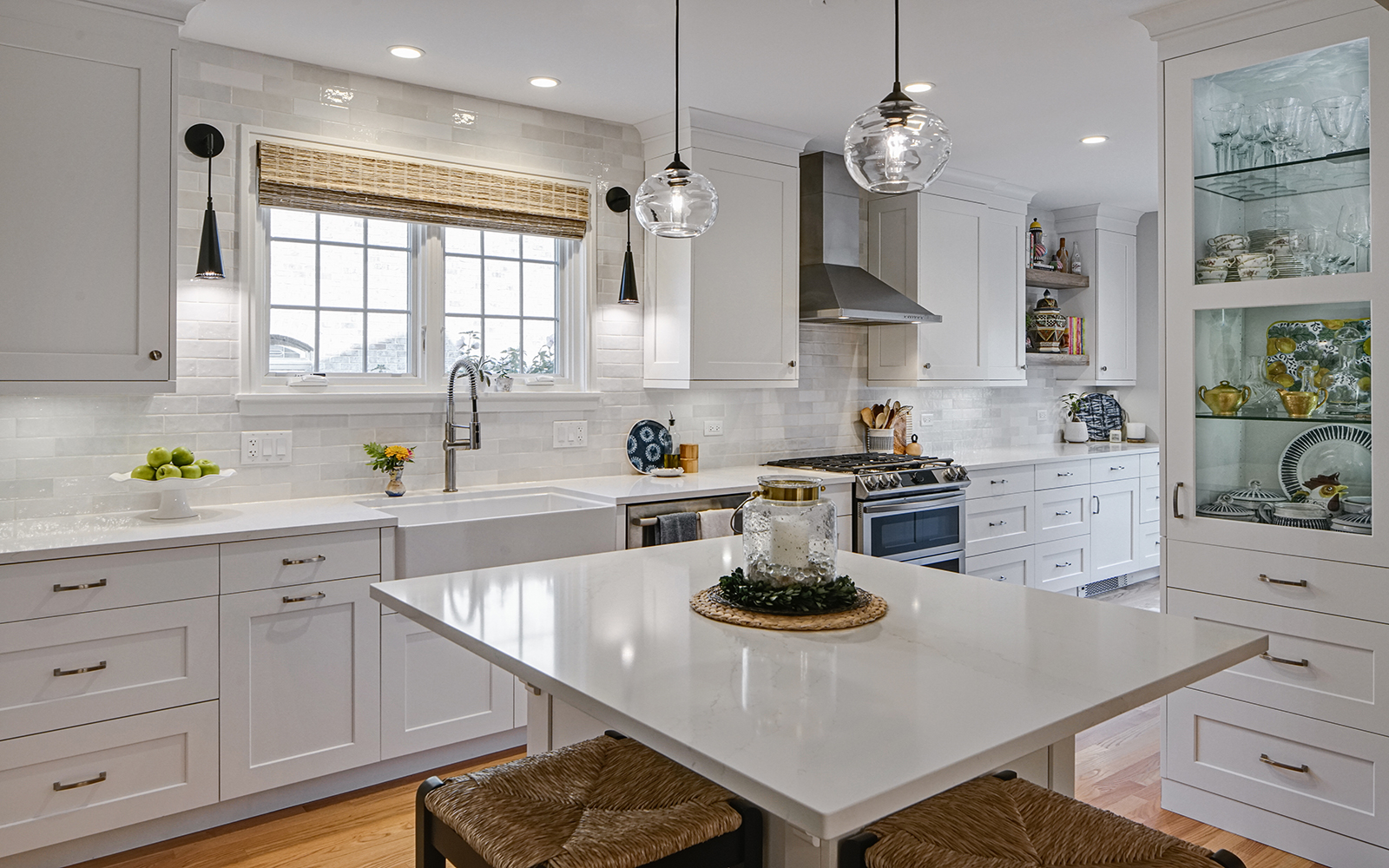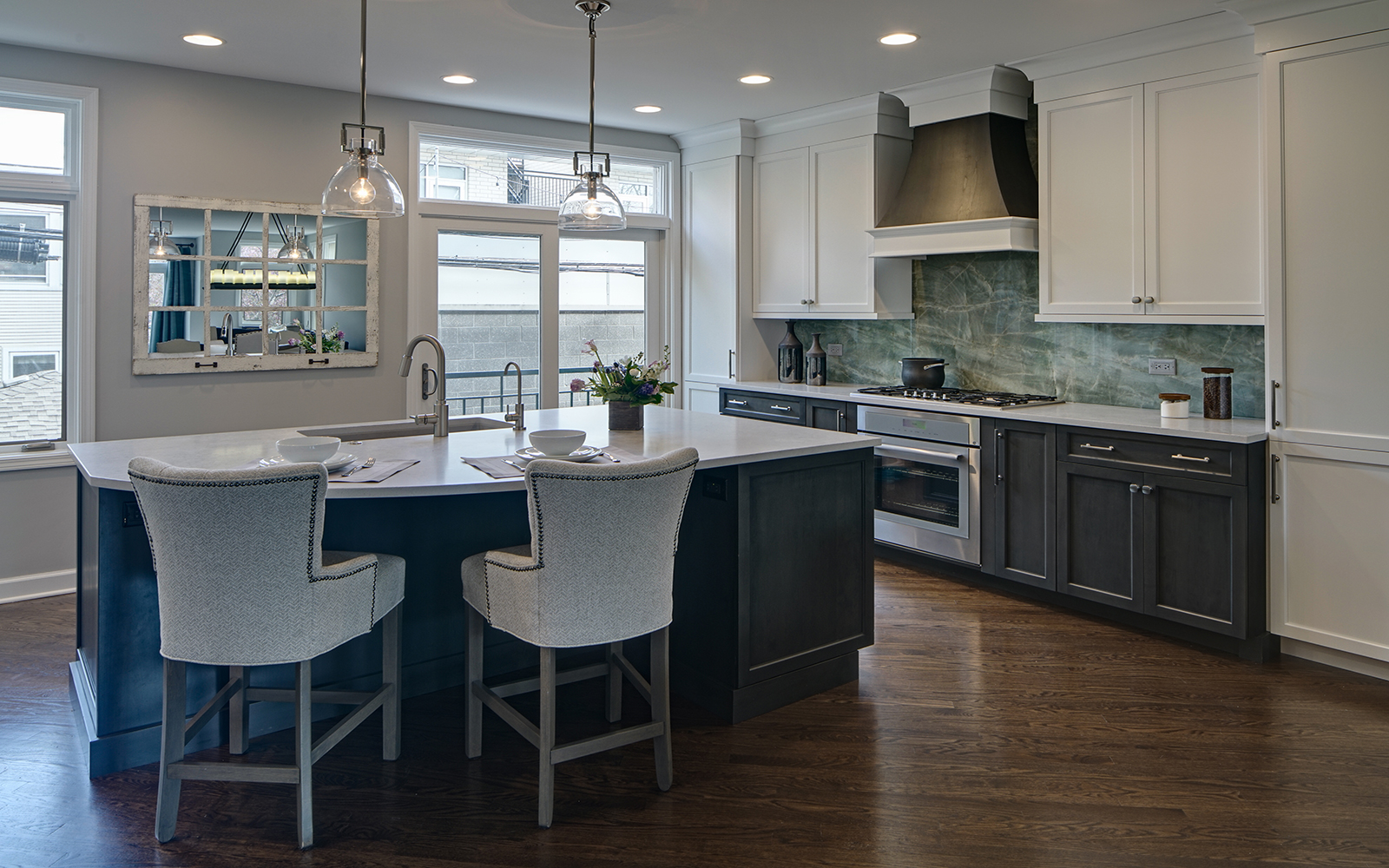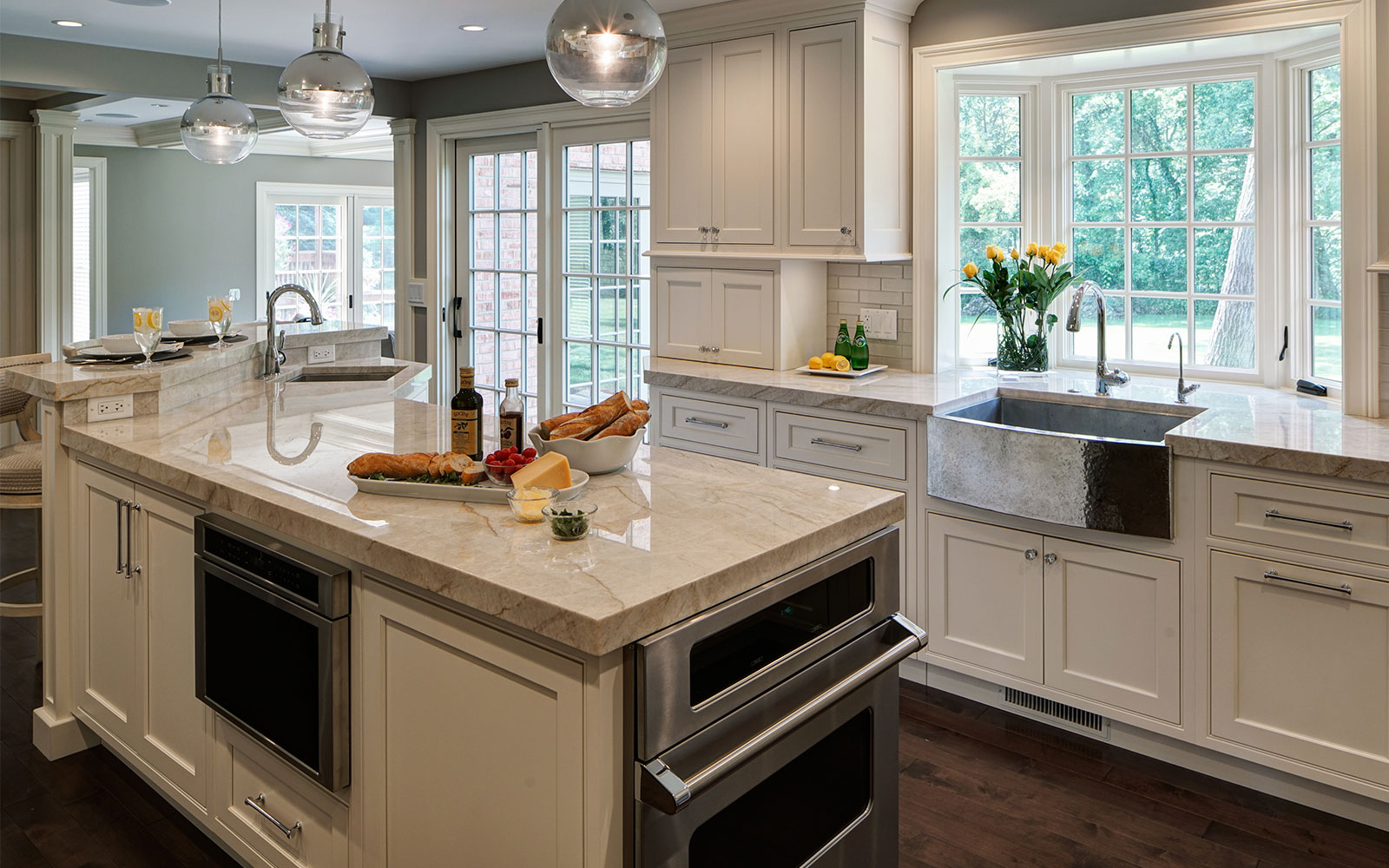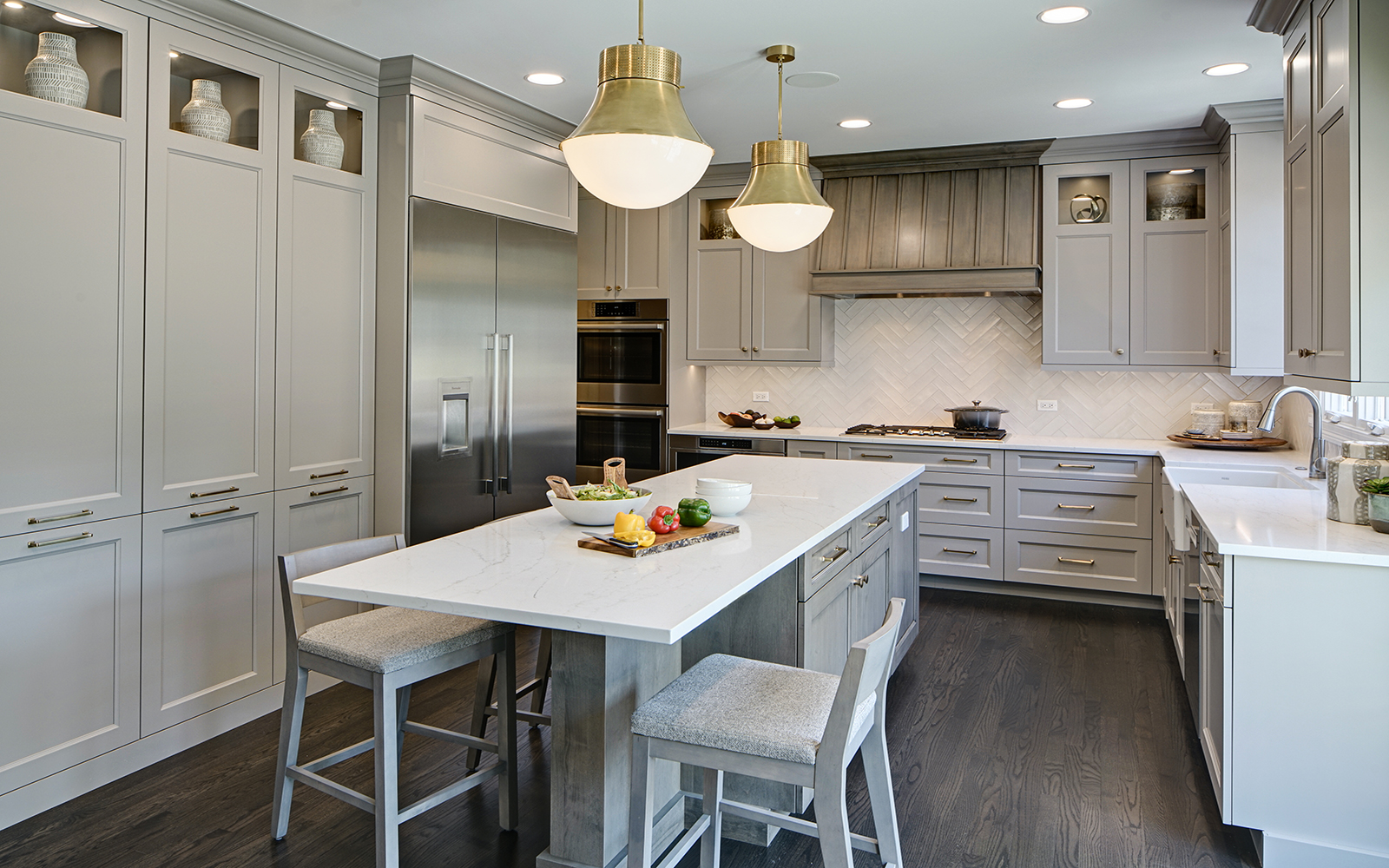How to Survive a Kitchen Remodel
How to Survive a Kitchen Remodel
There comes a time in every homeowner’s life in which it’s finally time to get that dream kitchen. Maybe it’s to celebrate a new job. Maybe your kids have finally left the nest—you need a new kitchen for hosting dinner parties. Maybe you just bought a new home, and the kitchen just needs a makeover.
Whatever the reason, a new kitchen can improve your home life and increase your home’s value. A kitchen renovation, however, can be extremely challenging. With some planning, scheduling, communication, trust, and a little help from Drury Design, anyone can survive a kitchen remodel.
Setting Up a Temporary Kitchen for Remodeling
Your temporary kitchen space needs to be not only functional during your kitchen renovation but also as stress-free as possible. So, no matter what area you choose, set up your space away from the construction noise and debris.
Where to Set Up a Temporary Kitchen During Remodeling
Electricity and running water are required for any temporary kitchen. A basement or utility room is a prime space for setting up a makeshift kitchen. Other options include a laundry room, dining room, near a guest bathroom or even outside in a covered patio.
If you have no other option, set up your temporary kitchen near your current kitchen and secure a plastic curtain around the space. Just be sure you have a quiet place to eat your meals so that you don’t go crazy from the noise and mess.
What to Include in your Temporary Kitchen
The three most essential items to have in your temporary kitchen are a refrigerator, microwave, and sink. Put your current refrigerator and microwave in your temporary kitchen and use an extension cord, if necessary. If this is not possible, however, it’s a good idea to invest in a mini-fridge and rent a microwave.
If your temporary kitchen doesn’t have sink access, rent a portable sink that attaches to your outdoor water hose. Of course, you’ll also need a place to set your appliances and prepare food, so if no extra countertop space is available, use a folding table. Other items to keep in your temporary kitchen include utensils and dinnerware, spices, pots and pans, and small electrical appliances such as a coffee maker and toaster. And don’t forget the soap, towels and trash bins.
How to Effectively Manage Mealtimes Using a Temporary Kitchen
One of the biggest challenges you’ll face when going through a kitchen remodel is meal preparation. However, you might be amazed to learn how many meals you can cook using an instant pot or slow cooker.
Before your renovation begins, grab a few slow cooker or instant pot recipe books. A panini maker, electric grill or portable induction cooktop are also great for toasting sandwiches, cooking meats and preparing pastas and skillet meals. If you have an outdoor grill, a kitchen renovation is the perfect excuse for grilling meats or veggie kebabs.
Also, prepare meals ahead of time and store them in the freezer. Stock up on fresh produce for homemade salads and keep healthy, non-perishable foods on hand
Ensuring Everyone Follows the Schedule for Your Kitchen Remodel
Along with setting up a temporary kitchen space, it’s essential to prepare for the overall renovation process and schedule. These steps will prevent you and your renovation from flailing in every direction.
Tasks to Consider When Developing a Kitchen Remodeling Schedule
Specific tasks for a successful kitchen remodel vary per project and space. A realistic timeline includes removal of current kitchen items; demolition; electrical and plumbing; walling and flooring; kitchen cabinet, countertop and tile backsplash installation; hook up of appliances; and painting. You’ll also need to add time for cleanup and finishing touches.
Take the headaches out of scheduling by hiring a professional design service. They work with you to create the perfect kitchen design, develop a schedule and ensure tasks are accomplished on time. They will also create a kitchen remodel checklist for all tasks and timelines so you can easily follow progress.
What to Do If Your Kitchen Remodel Is Running Behind
To avoid falling behind in the renovation schedule, make sure everyone involved has a copy of the agreed-upon schedule and check in regularly on progress. However, falling behind is a common occurrence, so be prepared for it. Keep track of progress and contact the project manager if you notice anything lagging.
Communicating with Your Kitchen Designer
If you’re going to survive a kitchen remodel, remember that communicating with designers is key. Always be clear and straightforward with your designer during the planning phase; they won’t know what you want unless you tell them. Set your expectations from the beginning.
Questions to Ask When Communicating with your Kitchen Designer
You can keep communication with your designer on track by asking the right questions. Start with asking about the designer’s qualifications. It’s vital to hire a certified kitchen designer who has substantial experience, a positive reputation and the proper credentials. Ask for references and to see a portfolio of their previous work.
Once you determine that a remodeler might be right for you and your project, find out the answers to these other important questions:
- How and when will you communicate with me about the kitchen design process?
- What is your timeline for completing each step of the process, and what might keep you from meeting deadlines?
- What are the costs of your services, and how are your fees structured?
- How much input will I have in the design ideas for my new kitchen?
- Can I choose my own contractor, or can you recommend a kitchen remodeling contractor?
- Have you ever had anything go wrong with a design process? If so, what happened and how can we avoid that happening again?
What to Communicate to Your Kitchen Designer
Communicating with your designer is a quid pro quo situation—you need to know what to expect from them just as they need to know what to expect from you. When speaking with your kitchen designer, be clear with your expectations. Show your designer pictures of other kitchens and design options that illustrate your style and preferences.
Next, explain your typical workflow in the kitchen. What, why and how do you enjoy cooking? What do you like about your current kitchen, and what do you want to change? If your kitchen designer knows how you operate, they will be better able to implement ideas that work best for you.
Trusting the Process for Your Kitchen Remodel
After the first few days of a kitchen reno, you may be ready to pull your hair out. People are constantly invading your space, the noise and mess are irritating and your kitchen is a disaster. With all the stress and mess, it may be difficult to trust the process.
Fortunately, the design experts at Drury Design have spent the last thirty years perfecting the project management skills that remodels require. Drury Design’s design experience is full service, which means we’re with you from the initial brainstorming session all the way until the dust settles. With our support, it’s easy to trust the remodeling process.
How to Ensure Your Kitchen Designer and Contractor Are on the Same Page
The key to effective and efficient kitchen renovation is to ensure that everyone is on the same page. Above all, get everything in writing and make sure all parties have copies. Hang a cork or dry-erase board near the kitchen reno site and post the agreed-upon schedule along with your expectations. When you’re working with us, your designer will provide you with a schedule detailing who is at your house and what they’ll be doing each day.
Regular check-ins are a must. Set a schedule for how often you’ll meet with your designer and contractor and stick to it. If possible, meet with them at the renovation site so discussions can be clear and relevant, and never meet one without the other.
What to Do If You’re Feeling Stressed About Your Kitchen Remodel
When you become stressed during the remodeling project, try your best to be patient and flexible. Inevitably something won’t go the way you planned. But remember that the remodel will always be messy as the kitchen transformation takes place. Follow these helpful tips for a stress-free remodel.
Take control of your remodeling stressors by being proactive. Snap photos of each step of the kitchen design process, comparing before and after to remind yourself that there is progress being made. Keep your frustration in check by crossing out items on your schedule as the crew accomplishes them. This will help you recognize your end goal—your dream kitchen—is getting closer each day.
Remember: your Drury designer is supporting you every step of the way during your remodel. If you’re feeling stressed about anything during the remodel, let your designer know. They’ll be more than happy to address your concerns and to assuage any fears you might have. A key part of Drury’s design experience is ensuring that homeowners are involved, informed and prepared.
Taking Control of Your Kitchen Remodel
Surviving a kitchen remodel is never easy. It takes patience, flexibility, preparation, and trust. So plan ahead, set a schedule, communicate, hire a professional designer, embrace the process and keep your end goal in mind.
About Drury Design Kitchen and Bath Studio
Founded by Gail Drury, CMKBD in 1987, Drury Design’s Client Focused Design™ approach integrates design recommendations, materials selection, and construction management into one seamless customer design, project management, and build experience. For kitchen, bath, and home remodeling ideas view Drury Design’s design portfolio or stop by the studio at 512 N. Main Street in downtown Glen Ellyn, Illinois.

